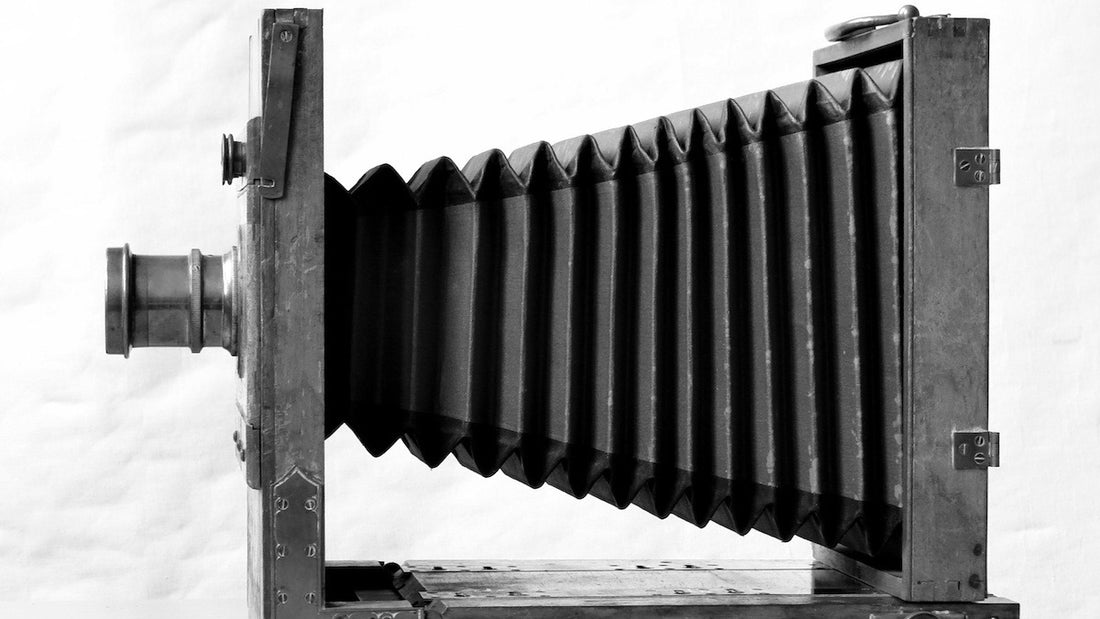The history of photography is a long and fascinating one, dating back to the early 19th century. The word "photography" comes from the Greek words "photo," meaning light, and "graph," meaning to draw or write. The earliest forms of photography were created using a camera obscura, which is a device that uses a lens to project an inverted image of the outside world onto a screen inside a dark chamber.
The first permanent photograph was made in 1826 by Joseph Nicéphore Niépce, who used a camera obscura to capture an image of a view from his window. The photograph, called "View from the Window at Le Gras," was created using a process called heliography, which involved coating a metal plate with a light-sensitive substance and exposing it to light. The process was time-consuming and required long exposures, but it marked the beginning of the art and science of photography.
In 1839, Louis Daguerre and William Henry Fox Talbot independently developed new methods for creating photographs. Daguerre's daguerreotype process used a polished silver plate coated with iodine to create a highly detailed, one-of-a-kind image. Fox Talbot's calotype process used a paper negative to create a positive print. Both processes were widely adopted and improved upon in the following years.
In the 1850s, Frederick Scott Archer developed the wet plate collodion process, which allowed for shorter exposure times and the use of glass negatives. This process was widely used for portrait and landscape photography, and was the main method for creating photographs for the next 20 years.
In the late 19th century, the dry plate process was introduced, which allowed for even shorter exposure times and the mass production of photographs. This led to the rise of commercial photography and the creation of the first photographically illustrated magazines.
The invention of the roll film in the late 1800s paved the way for the development of the motion picture camera, which used a strip of film to capture a series of still images. This led to the birth of the motion picture industry and the creation of the first motion pictures.
In the early 20th century, the invention of color photography revolutionized the field. The first color photograph was created in 1861 by James Clerk Maxwell, but it wasn't until the 1930s that the first commercially available color film was released.
In the latter half of the 20th century, photography went through a rapid evolution, with the introduction of new technologies such as digital cameras, Photoshop and various other editing software. The advent of digital photography has made photography more accessible to the masses, and has opened up new possibilities for image manipulation and enhancement.
Today, photography is more popular than ever, with billions of photographs taken and shared every day. With the advancement in technology, it has become more accessible and easier to take and edit photos. Photography has come a long way since its early days and continues to evolve and change with the times.










